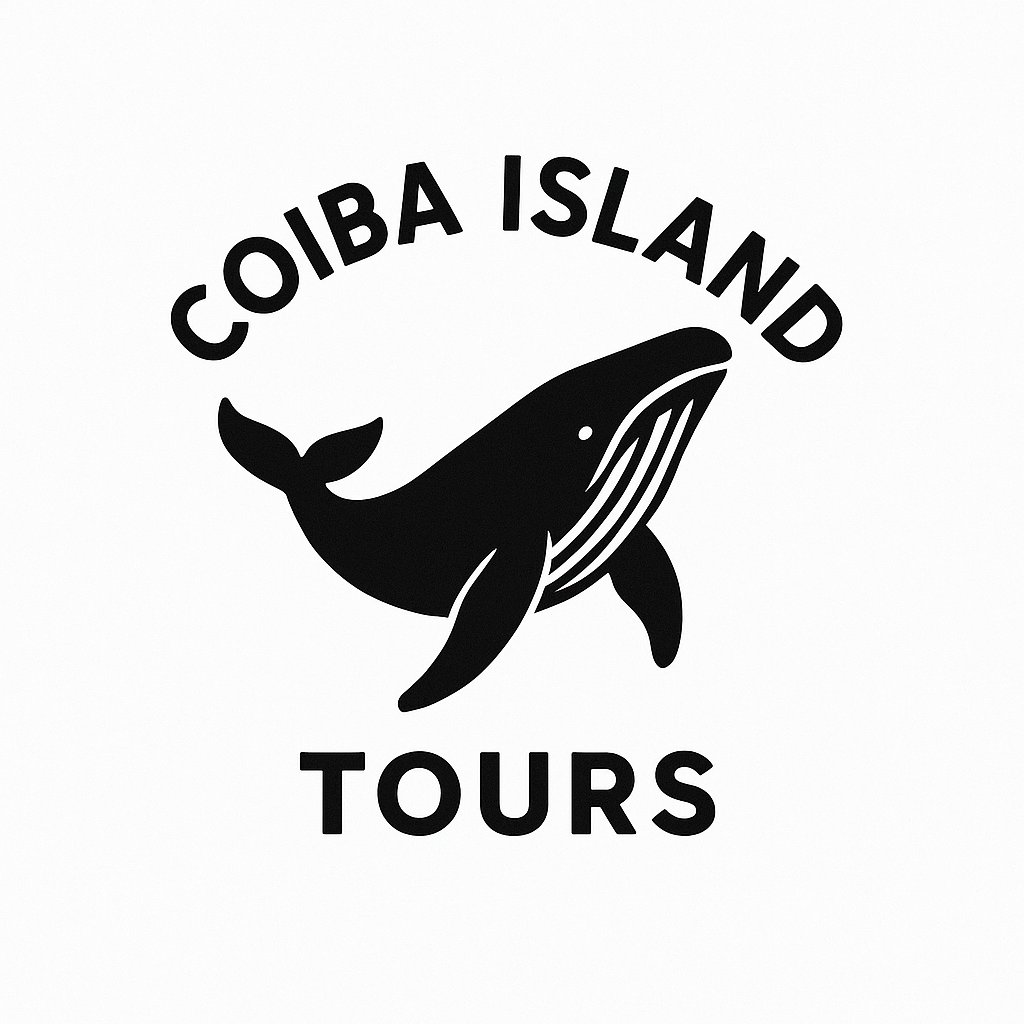The Pacific Ocean is home to some of the most biodiverse and ecologically important marine ecosystems on the planet. Among them, the newly protected marine corridor between Coiba Island (Panama) and the Galápagos Islands (Ecuador) stands out as a beacon of hope for marine conservation. This corridor, officially known as the Eastern Tropical Pacific Marine Corridor (CMAR), connects two UNESCO World Heritage sites and serves as a critical migratory route for countless marine species.
What is the Coiba-Galápagos Marine Corridor?
The marine corridor is a vast stretch of protected ocean that links Panama’s Coiba National Park with Ecuador’s Galápagos Marine Reserve. It covers thousands of square kilometers of open ocean, seamounts, and underwater ridges that are essential habitats for migratory species like:
Scalloped hammerhead sharks
Whale sharks
Manta rays
Sea turtles
Humpback whales
By safeguarding this underwater highway, Panama and Ecuador (along with Costa Rica and Colombia) aim to ensure safe passage for these species, protecting them from overfishing and industrial exploitation.

Why is this Corridor Important?
- Biodiversity Hotspot
This region is one of the most biologically rich in the world, where cold and warm ocean currents mix, creating nutrient-rich waters that support diverse marine life. - Migratory Route
Many species travel thousands of kilometers between feeding and breeding grounds. The corridor provides a safe space free from industrial fishing nets and longlines. - Climate Resilience
Healthy marine ecosystems play a key role in mitigating climate change, as coral reefs and seagrasses absorb carbon and protect coastlines - Economic and Cultural Value
Sustainable tourism (such as snorkeling, diving, and eco-tours) generates income for local communities while promoting environmental stewardship.
Conservation Efforts
In 2021 and 2022, Panama, Ecuador, Costa Rica, and Colombia agreed to expand marine protected areas and link them together to form this corridor.
Key actions include:
- Banning industrial fishing in the corridor.
- Strengthening cooperation between countries for patrols and enforcement.
- Conducting scientific research to monitor species and ecosystem health.
What It Means for Visitors
If you’re planning a trip to Coiba Island or the Galápagos, you’re visiting a part of the world that plays a major role in marine conservation. Tours in these areas not only offer breathtaking encounters with wildlife but also help fund ongoing protection efforts.
By choosing eco-certified operators, travelers can directly contribute to preserving this incredible oceanic highway.



Final Thoughts
The marine corridor between Coiba Island and the Galápagos is a shining example of international collaboration for the good of our planet. As threats from climate change and overfishing increase, these efforts are more critical than ever. Whether you’re a diver, snorkeler, or ocean lover, supporting and learning about these protected areas is a powerful way to be part of the solution.


